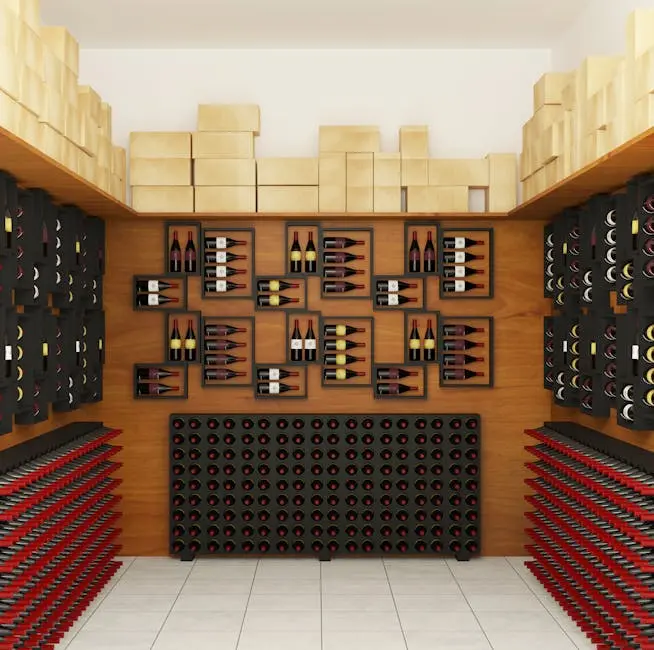What Are the Best Practices for Wine Storage in the Boston Area?
Storing wine properly is essential to maintaining its quality and flavor. In the Boston area, specific conditions can affect how well your wine ages. In this guide, we’ll explore the best practices for wine storage, ensuring your collection stays in top shape.
Understand Temperature Control
>Maintain a consistent temperature between 45°F and 65°F to preserve wine flavor.
Temperature fluctuations can wreak havoc on your wine. If your collection is subjected to extreme temperatures—either too cold or too hot—chemical reactions may hasten aging. Make it a priority to monitor the temperature of your storage area regularly.
Consider investing in a thermometer or a dedicated wine fridge that maintains ideal temperatures. In Boston, winter can be particularly harsh, and summer heat can spike unexpectedly. Think ahead about how these seasonal changes affect your storage.
Keep Humidity Levels Adequate
>Aim for humidity around 70% to prevent corks from drying out.
Humidity plays a crucial role in wine preservation. Too much moisture can lead to mold on corks and labels, while too little can cause corks to shrink and air to seep into the bottle. Both scenarios can compromise your wine’s integrity.
To maintain optimal humidity levels, consider using a humidifier or a specialized wine storage unit. Check humidity regularly with an accurate hygrometer, especially during the dry winter months in Boston.
Store Wine Away from Light
>Avoid direct sunlight and bright indoor lights to protect wine from damaging UV rays.
Light exposure is another key factor in wine degradation. UV rays can break down beneficial compounds in wine and alter its flavor. To ensure your bottles are shielded, opt for dark storage areas like basements or wine cellars.
If you must store your wine in a visible area, consider using tinted bottles or wrapping them in cloth to block light. Remember, every bit of protection counts in preserving your collection.
Position Bottles Horizontally
>Store wine bottles on their side to keep the cork moist and prevent air from entering.
Keeping bottles horizontal is not just a stylistic choice; it’s a practical one. This method allows the wine to remain in contact with the cork, ensuring it doesn’t dry out. A dried-out cork can lead to oxidization, ruining the entire bottle.
If you have a vertical wine rack, consider using it only for bottles that have screw caps or synthetic corks. For your traditional bottles, the horizontal position is the best bet for long-term storage.
Choose the Right Storage Location
>Consider a cooler, dark area in your home, or invest in a wine refrigerator if space allows.
The right location is paramount for wine storage. A poorly chosen site can negate all the other precautions you take. Avoid areas near heat sources, speakers, or appliances that produce vibrations. Instead, look for a quiet, stable environment.
In the Boston area, basements can be ideal, provided they maintain the right conditions. If space is limited, portable wine coolers come highly recommended, as they allow you to control all the factors discussed previously.
Final Thoughts on Wine Storage Best Practices
By following these best practices for wine storage, you can ensure that your collection thrives, even in the sometimes unpredictable Boston climate. Remember, the right conditions make all the difference!

